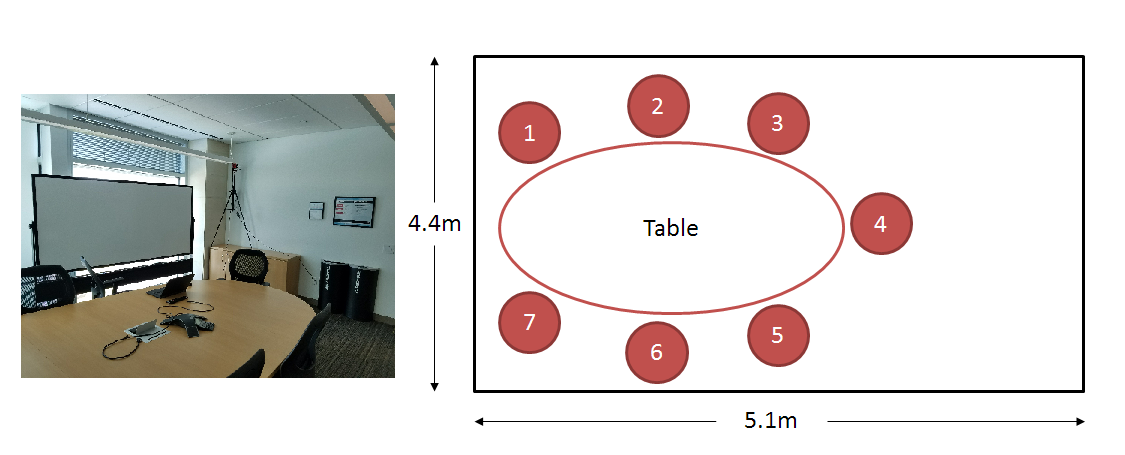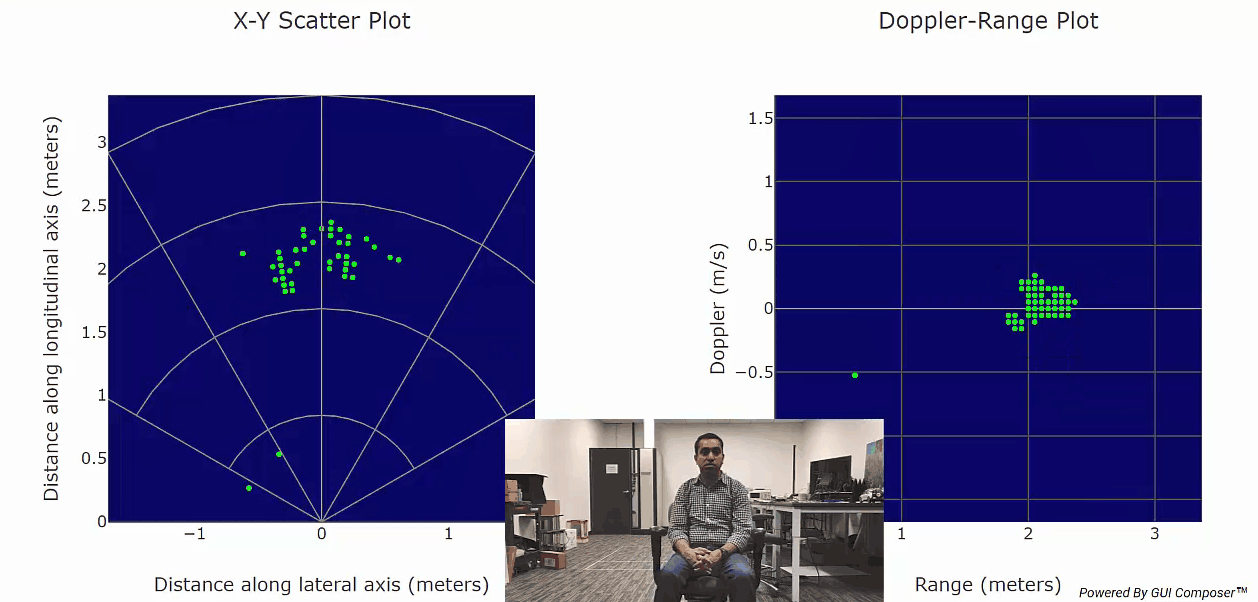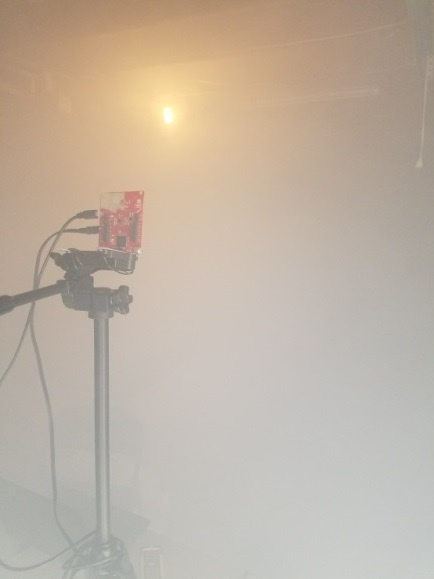SSZT759 may 2018 IWR1443 , IWR1642
Let’s start with what might be an all-too-familiar scenario. You find yourself working late and alone; maybe you’re typing out some last emails for the evening or crunching some numbers for an upcoming deadline. Suddenly, the lights in your “smart office” turn off, and you find yourself standing up and waving your arms so that the motion sensor will trigger the lights back on.
Has this ever happened to you? Today’s motion sensors are notoriously bad at detecting when indoor spaces are occupied and are often useless when a person is relatively still – such as working quietly in an office chair. The technologies in today’s passive infrared (PIR) or ultrasonic motion sensors do not have the fidelity to detect finer motion, such as when someone is sitting still at their desk, typing, breathing or talking on the phone.
 Figure 1 Today’s Motion-sensing
Technologies Such as PIR or Ultrasonic Can Fail to Detect Occupancy
Figure 1 Today’s Motion-sensing
Technologies Such as PIR or Ultrasonic Can Fail to Detect OccupancyMillimeter-wave (mmWave) radar is an excellent technology for occupancy sensing, as it has the ability to detect the kinds of very fine motion that might escape other sensing technologies. To prove this capability, the mmWave team ran an experiment in a conference room that contained a PIR motion sensor. We also set up an mmWave evaluation module (EVM) on a tripod pointing into a conference room such that the EVM’s 120-degree field of view could see the entire room. Using the out-of-box demo, we configured the mmWave sensor for an indoor, low-motion scene by maximizing velocity resolution, ignoring static clutter and not grouping detected objects. As you can see from Figure 2, the conference room was about 6m in length and had a fair amount of static clutter in the scene, including a large table and several chairs.
 Figure 2 The Conference Room Where We
Compared the Motion-detection Performance of an mmWave EVM to a PIR Sensor; Nos.
1 through 7 Indicate the Different Chair Positions around the Conference Room
Table
Figure 2 The Conference Room Where We
Compared the Motion-detection Performance of an mmWave EVM to a PIR Sensor; Nos.
1 through 7 Indicate the Different Chair Positions around the Conference Room
TableWe tested three different categories of motion with the mmWave EVM and PIR motion sensor:
- Major motion (walking).
- Fine motion (typing).
- Very fine motion (breathing).
We tested all three motion types in locations spanning the entire conference room and found that the PIR sensor was able to detect walking across the entire conference room, but was unable to detect typing or breathing in any location. In contrast, as shown in Table 1, the mmWave sensor was able to detect typing and breathing as well as walking.
Figure 3 shows reflection points that represent motion detected by the mmWave sensor. This motion can even be detected in challenging environments, such as rooms filled with smoke as seen in Figure 4.
| Major Motion (Walking) | Fine Motion (Typing) | Very Fine Motion (Breathing) | |||||
|---|---|---|---|---|---|---|---|
| Distance from Sensor | Chair Location | mmWave | PIR | mmWave | PIR | mmWave | PIR |
| 2.6m | 4 | P | P | P | O | P | O |
| 2.7m | 3 | P | P | P | O | P | O |
| 3.4m | 2 | P | P | P | O | P | O |
| 3.6m | 5 | P | P | P | O | P | O |
| 4.2m | 1 | P | P | P | O | P | O |
| 4.2m | 6 | P | P | P | O | P | O |
| 5.1m | 7 | P | P | P | O | P* | O |
 Figure 3 Motion from mmWave Appears as
Points in the Scatter Plot and Doppler-range Plot. Only Motion Is Displayed in
These Plots When Static Clutter Is Removed.
Figure 3 Motion from mmWave Appears as
Points in the Scatter Plot and Doppler-range Plot. Only Motion Is Displayed in
These Plots When Static Clutter Is Removed. Figure 4 mmWave Fine Motion Detection
Can Function Even in Challenging Environments, Such as Rooms That Are Filled
with Smoke and Sources of Heat.
Figure 4 mmWave Fine Motion Detection
Can Function Even in Challenging Environments, Such as Rooms That Are Filled
with Smoke and Sources of Heat.In this video, we put mmWave into action to illustrate a few people counting applications that can make buildings smarter.
Additional Resources
- Run the People Counting demo yourself!
- Check out the People Counting TI Design. (TIDEP-01000)
- See People Counting technology in action!
- Watch people tracking and motion detection using mmWave for building automation.
- Find resources and reference designs for people counting here.